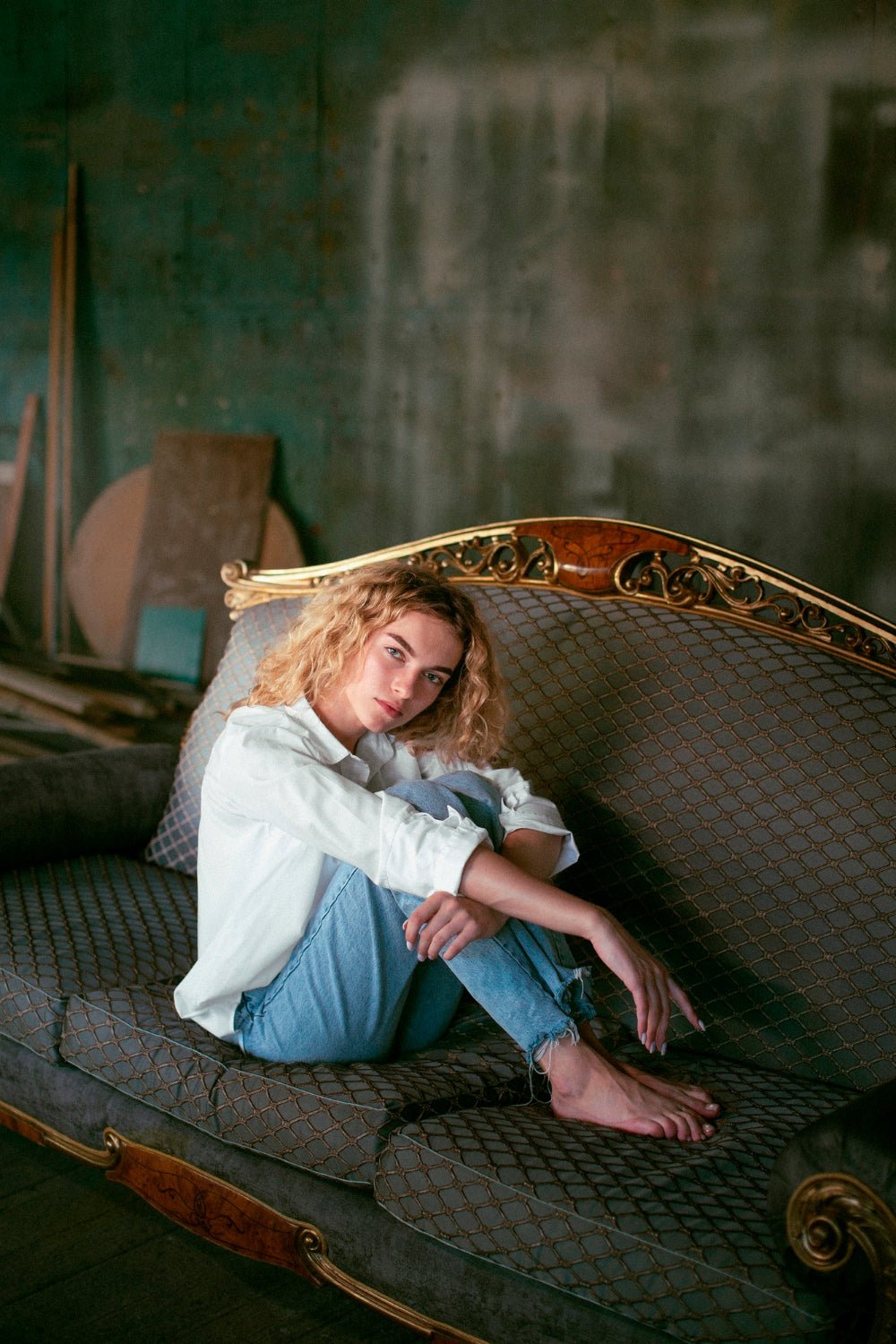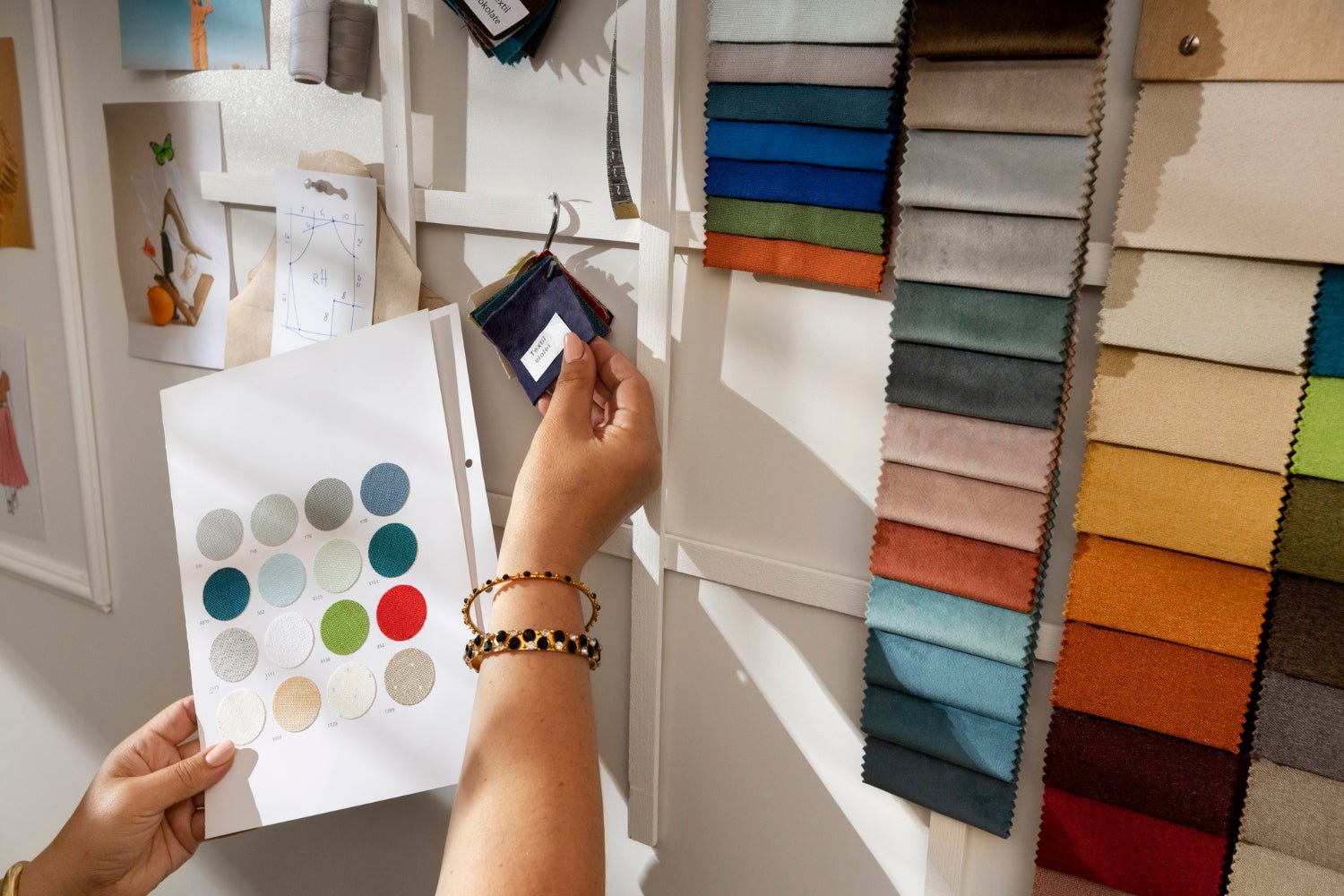When did People Start Using Couches? A Historical Timeline
Summary:
This blog explores how couches evolved from medieval benches to modern upholstered comfort. You will learn what medieval people called couches, how furniture looked in earlier centuries, and how social habits shaped interior design through time.
Table of Contents
- What Did Medieval People Call Couches
- When Did People Start Using Couches
- Did Couches Exist in the 1700
- What Did Furniture Look Like in the 1500s
- Did Medieval Houses Have Couches
- Furniture Evolution
- FAQ
What Did Medieval People Call Couches
The Early Concept of Seating
In medieval Europe, there was no direct equivalent to the modern couch. People used long benches, settles, or daybeds made from wood and often placed near fireplaces.
Comfort and Status
Wealthier families decorated their benches with cushions and animal furs, while commoners used plain wood. Comfort represented class difference rather than luxury.
When Did People Start Using Couches
The Birth of Upholstered Furniture
The idea of a couch began in 17th century France with the appearance of the chaise longue, a long upholstered seat designed for reclining.
The Transition into European Homes
By the 18th century, couches had spread across Europe and became symbols of refinement and comfort in noble homes.

Did Couches Exist in the 1700s
The Age of Elegance
Couches were common among the wealthy in the 1700s. They had carved wooden frames and luxurious fabrics such as velvet and silk.
Decorative Function over Comfort
These pieces were more decorative than practical, reflecting Rococo and Baroque influences that emphasized beauty and display.
What Did Furniture Look Like in the 1500s
Heavy and Functional Design
Furniture in the 1500s Renaissance era was often made of heavy oak or walnut. It was built to last and served multiple functions, such as chests that doubled as seats.
Decoration and Symbolism
Noble estates favored detailed carvings and religious motifs, representing wealth and devotion.

“Couches didn’t just appear. They evolved through comfort, craftsmanship, and culture.”
– Prof. Jonathan Reid, Oxford Institute of Design History, 2020 Lecture Series
Did Medieval Houses Have Couches
Everyday Homes vs. Noble Residences
Most medieval homes did not have couches. Commoners had simple wooden benches or stools, while nobles owned upholstered daybeds placed near the hearth.
The Great Hall as a Living Space
Living rooms did not yet exist. The great hall served multiple roles including dining, sleeping, and social gatherings.
Furniture Evolution Table
| Century | Common Furniture Types | Materials Used | Typical Home Class | Example Piece |
|---|---|---|---|---|
| 1200s to 1400s | Benches, stools, chests | Oak, pine | Common and noble | Wooden settle |
| 1500s | Chests, heavy tables | Walnut, oak | Nobility | Ornate chest seat |
| 1600s | Chairs, daybeds | Upholstered wood | Wealthy homes | Early chaise |
| 1700s | Sofas, lounges | Velvet, silk | Aristocracy | Rococo couch |
| 1800s | Sofas, loveseats | Cotton, leather | Middle class rising | Victorian sofa |
| 1900s to Today | Modular sofas, couches | Mixed fabrics | All classes | Modern couch |
FAQ
Were medieval couches comfortable
Not really. They were made for durability and display rather than comfort.
Why did couches become popular later
Comfort became a cultural value with the rise of urban life and middle class homes.
Who could afford couches in the past
Only aristocrats and royals could afford upholstered furniture because of its high craftsmanship cost.
References
Cruttwell, M. (2018). A History of Furniture: From the Middle Ages to Modern Times. Oxford University Press.
Thornton, P. (2021). Seventeenth Century Interior Design and Furniture. Cambridge University Press.




 Divani Confex
Divani Confex Pouf Sofio
Pouf Sofio




Condividi:
Best Designed Sectional Sofa Ever: Velvo
The Definitive Guide: Should Your Sofa and Recliner Match?